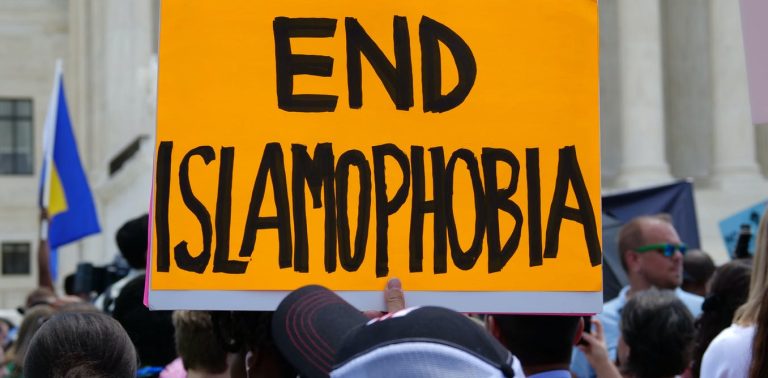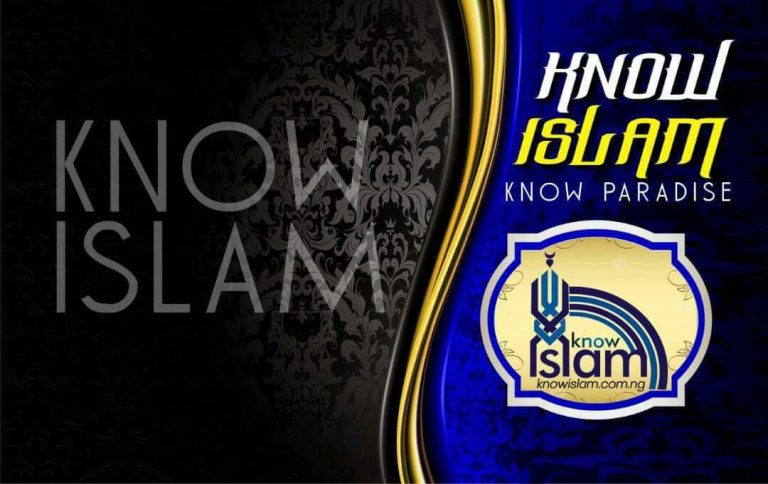SYNCHRONISING THE OUTLOOK WITH THE INNER LOOK By Aaminah Qasim Oniwarere
Introduction This article seeks to address/examine the synchronization of the appearances of women and men of faith…
Introduction
This article seeks to address/examine the synchronization of the appearances of women and men of faith with a corresponding amount of inner beauty from the societal lens, the Islamic lens, and the realities which stare at us in the face. Do they really correspond? The examination will be based on the writer’s experiences with relevant references from the Quran and Sunnah.
Section 1
I was at the motor park. A sister adorned in a flowing floor-length hijab alighted from a bike. With the bike man muttering to himself, the vendors around quizzed him about what had transpired with his passenger. I saw him stretching forth a #50 note, saying something that can be translated to mean he was shortchanged of #20 despite the far distance he brought her from. Before I knew it, the vendors were calling out to this sister who behaved like the whole drama wasn’t her business, she busying herself with the gum in her mouth. An elderly man revived her to the scene with a sharp massage on the left cheek. Without being told, she immediately took a swift turn and remitted the #20 balance to the bike man, with no apology. All sorts of insults were hurled at her, and her hijab was not left out.
What is the expectation of Islam regarding physical appearance and moral behaviours?
Unarguably, it is incumbent on every Muslim to dress and appear decent and nice at all time. In the Quran, Allah commanded the women of faith to cover up their adornments. “And tell the believing women to reduce [some] of their vision and guard their private parts and not expose their adornment except that which [necessarily] appears thereof and to wrap [a portion of] their headcovers over their chests and not expose their adornment…” (An-Nur 24:3). In yet another verse, the Qur’an says it beautifully: “O Prophet, tell your wives and your daughters and the women of the believers to bring down over themselves [part] of their outer garments. That is more suitable that they will be known and not be abused…” (Al-Ahzab 33:59).
In line with the above, we can deduce that Allah correlated this antecedent to a consequence which is “that they may be known and not be abused”. He never said that don the hijab that you may increase in piety or that you may become best in character as we can see in some other verses such as the fasting verse.
As regards dressing for men, several ahadith were reported where the prophet commanded his companions to lower their moustaches, keep the beards, and also raise their trousers above the ankle, that they may be known and distinguished from the unbelievers. Therefore, the purpose of dressing in Islam can be stated as: Identification, Uniqueness, Modesty and Respect.
Haven examined the Islamic expectations of a Muslim regarding dressing, we will then examine the expectations of a typical Muslim behaviour.
To start with, the Quran describes the prophet as the best of examples for mankind “Indeed in the Messenger of Allah you have an excellent example to follow…” (Al-Quran 33:21)
Also, Aa’isha R.A regarded the prophet as a walking Quran. With these two references, we can deduce that the prophet’s deeds and actions are enough replica and guide for Muslims. A Muslim is expected to (be) humble, respectful, honour visitors, charitable, positive, preserve family ties, never inflict hardship on others, have patience in times of trials and tribulations. Therefore disrespectful acts, labeling, name-calling, dirtiness, backbiting, slandering, rudeness, arrogance and pride, hooliganism, stealing, lying, extravagance, suspicion e.t.c are forbidden or at least, discouraged in Islam.
However every human has the tendency of exhibiting one or two of these acts irrespective of tribe, race, religion, culture or social class. In conclusion, Islam commands modesty in appearance and behaviour it gives a particular dress code for both male and female without laying claims on its correlation to the level of characteristic beauty.
Section 2
What are the societal expectations and the realities we are actually faced with?
It is generally expected of a Muslim who potrays the Islamic identity to display a high level of moral perfection. Often times, when this societal standards are not met, it usually leads to a break in trust of the generality of Muslims from the person offended. The reality we find ourselves in is that most times, the appearance do not have correlation with what is to be expected of morals. This lowered expectations should not then be attributed to Islam which is perfect, it should rather be attributed to the concerned individual who is but human, and imperfect. That we are all from different background, growing and still learning. Humans can only strive and we can never be at the same level all the time. Dressing is one branch of Islam, moral perfection is another. It is quite possible to attain perfection in one of these before the other.
The statement “that is how those on hijab and shortened trousers behave” is even more common amidst the Muslims who do not see this act as compulsory, as if once you are trying to dress properly, you have automatically become a walking angel, then any mistake from anyone trying to follow the order of Allah on dressing becomes general and you can only litigate yourself by dissociating from such mode of dressing.
However, it is important for anyone who wants to exhibit eeman through dressing to have it engraved in their hearts that they are representing Islam, and their actions and inactions will affect the generality of Muslims.
On a final note, next time you see someone who is showcasing their faith through dressing, exhibiting a behaviour that is in contrast to the teachings of Islam, correct them with love, with your hand or tongue or heart and do not abuse them. For we are all striving.
Aaminah Qasim Oniwarere



